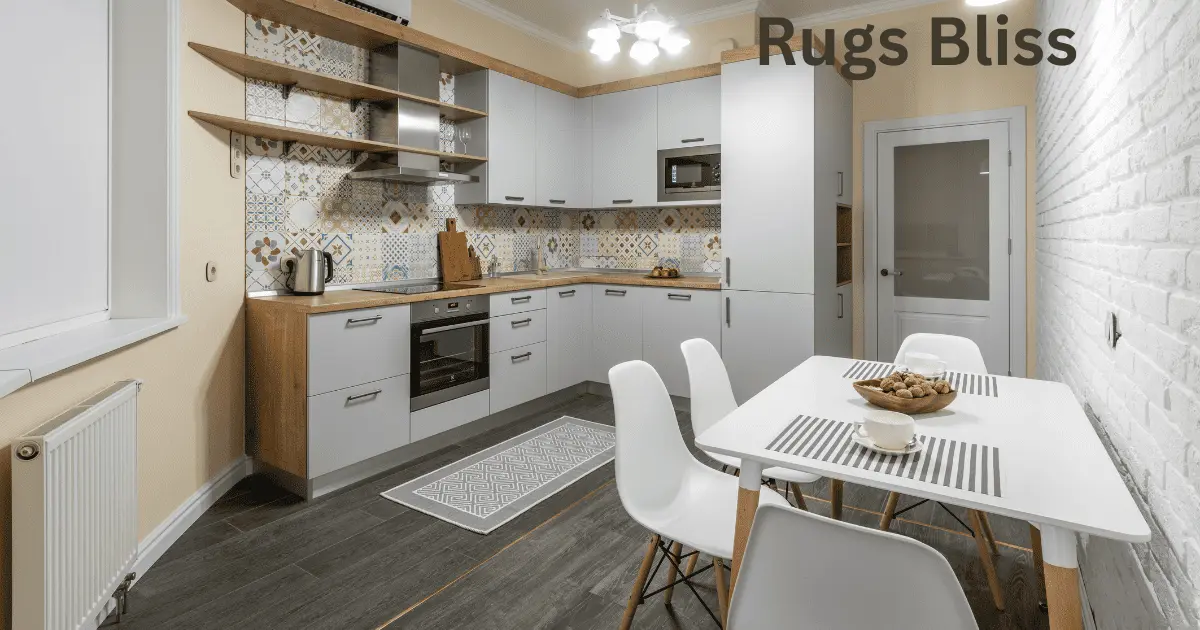If you’re wondering, “Do I need a rug pad?”, the answer is likely yes! A rug pad serves more than just keeping your rug in place—it enhances comfort, protects your floors, and extends the rug’s lifespan.
Whether you have hardwood, tile, or carpeted floors, using a rug pad can prevent slips, reduce wear, and provide extra cushioning. In this guide, we’ll explore why you need a rug pad and how it can improve both the look and safety of your space.
What Is a Rug Pad, and Why Do You Need One?
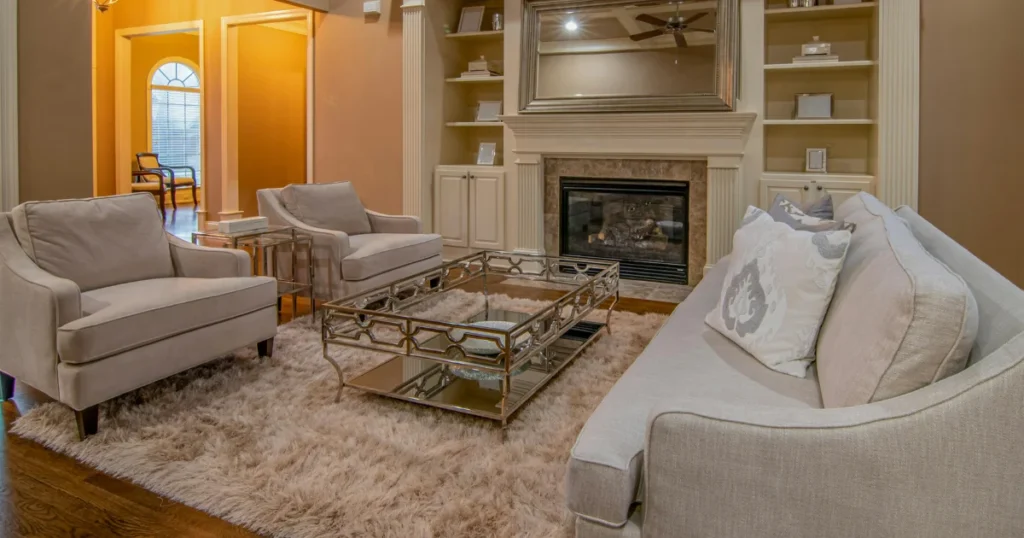
Rug pads are thin layers placed between the rug and floor to provide grip, cushioning, and protection. More than just preventing slippage, they reduce wear, increase durability, and offer a softer underfoot experience. Let’s explore the reasons why a rug pad is essential.
Benefits of a Rug Pad
- Improves Safety: Prevents slipping and tripping hazards.
- Protects Floors: Acts as a barrier between rugs and delicate surfaces like hardwood or laminate.
- Prolongs Rug Life: Reduces friction and wear from movement.
- Adds Comfort: Provides additional cushioning for a softer feel underfoot.
Types of Rug Pads and How to Choose the Right One
Selecting the right rug pad depends on the type of flooring, rug material, and intended use. Here’s a breakdown of popular rug pad types:
| Type of Rug Pad | Material | Best Use Case | Advantages |
|---|---|---|---|
| Felt Pads | 100% Recycled Felt | Hardwood floors | Provides comfort and floor protection |
| Rubber Pads | Natural Rubber | Tile and vinyl surfaces | Prevents slipping and bunching |
| Felt and Rubber Combo | Felt + Rubber Blend | Hardwood or laminate floors | Combines grip with cushioning |
| Memory Foam Pads | Polyurethane Foam | Bedrooms, playrooms | Offers maximum comfort |
How Rug Pads Protect Floors and Increase Rug Longevity
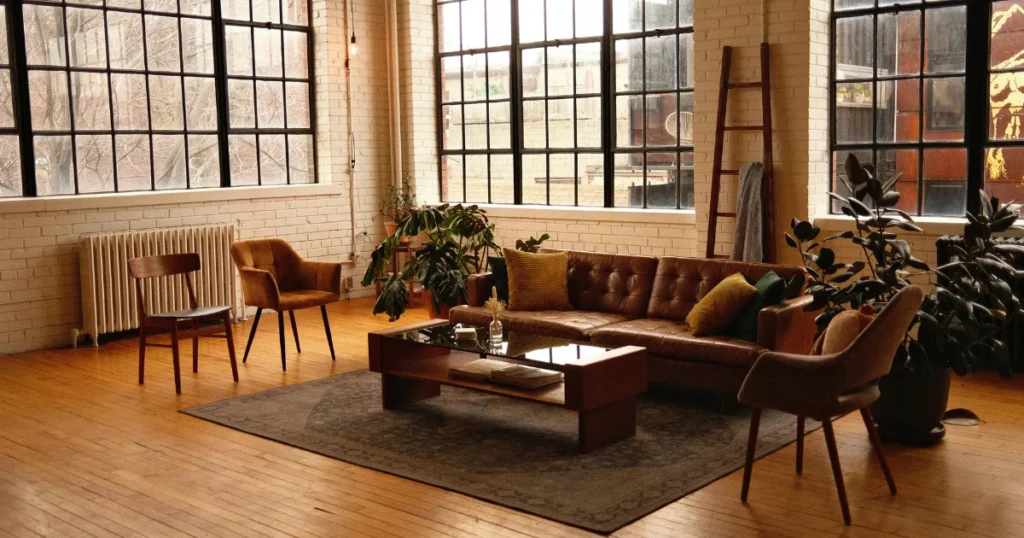
One of the main reasons you need a rug pad is the protection it offers to both rugs and floors. Friction caused by regular foot traffic can damage delicate flooring, leaving permanent scratches or discoloration. Additionally, rugs without a pad tend to wear out quickly due to constant movement.
Floor Protection Benefits by Floor Type
| Floor Type | Rug Pad Benefits |
|---|---|
| Hardwood | Prevents scratches, dents, and discoloration |
| Tile or Stone | Reduces noise and absorbs impact |
| Vinyl or Laminate | Prevents chemical reactions between rug backing and floor |
| Carpeted Floors | Keeps rugs from wrinkling and shifting |
How to Choose the Best Rug Pad for Your Space
Several factors come into play when selecting the right rug pad for your home:
Consider the Floor Type
- For hardwood floors, choose non-slip felt and rubber combinations.
- For tile or vinyl, rubber-based pads offer the best grip.
- On carpeted floors, a thin pad prevents bunching.
Check the Rug Size and Thickness
A thicker rug pad provides extra cushioning for larger rugs, while smaller rugs may only need non-slip rubber pads.
Look for Non-Toxic Materials
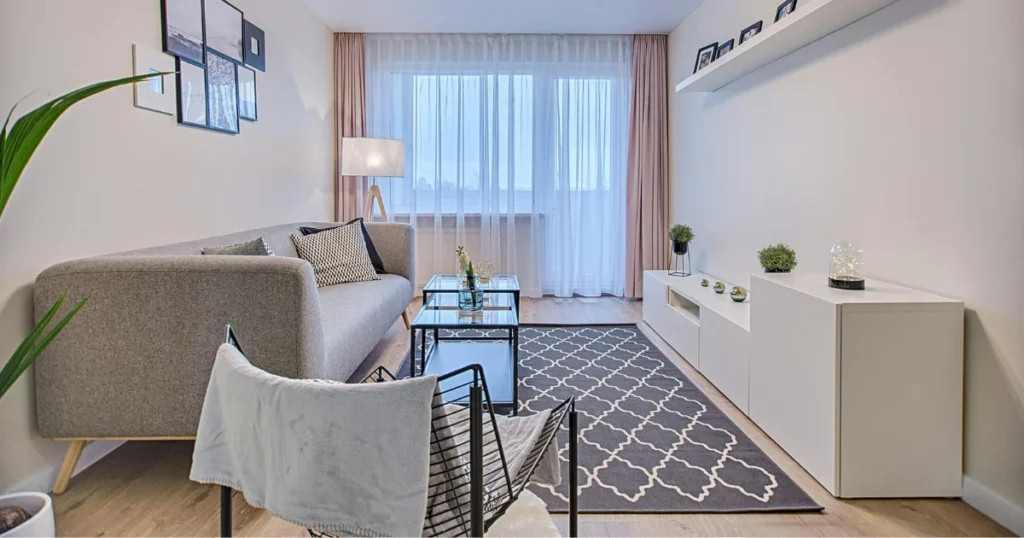
Some rug pads contain harmful chemicals that can damage your floors over time. Look for eco-friendly and non-toxic materials like natural rubber or felt.
Do You Need a Rug Pad for Outdoor Rugs?
Outdoor rugs benefit from pads too. They provide grip on slippery surfaces like patios and prevent mold by allowing air circulation beneath the rug.
Best Rug Pad for Outdoor Use
| Outdoor Surface | Recommended Rug Pad | Key Features |
|---|---|---|
| Patio or Deck | Rubber Pad | Non-slip, moisture-resistant |
| Concrete | Felt and Rubber Combo | Absorbs impact and prevents slips |
How to Install a Rug Pad: Step-by-Step Guide
- Measure Your Rug: Ensure the rug pad is slightly smaller than the rug to prevent it from peeking out.
- Clean the Floor: Remove any dust or debris for maximum grip.
- Unroll the Pad: Place the pad with the grippy side down.
- Lay the Rug on Top: Align the rug perfectly over the pad.
- Trim the Edges (If Needed): Use scissors to adjust the pad size.
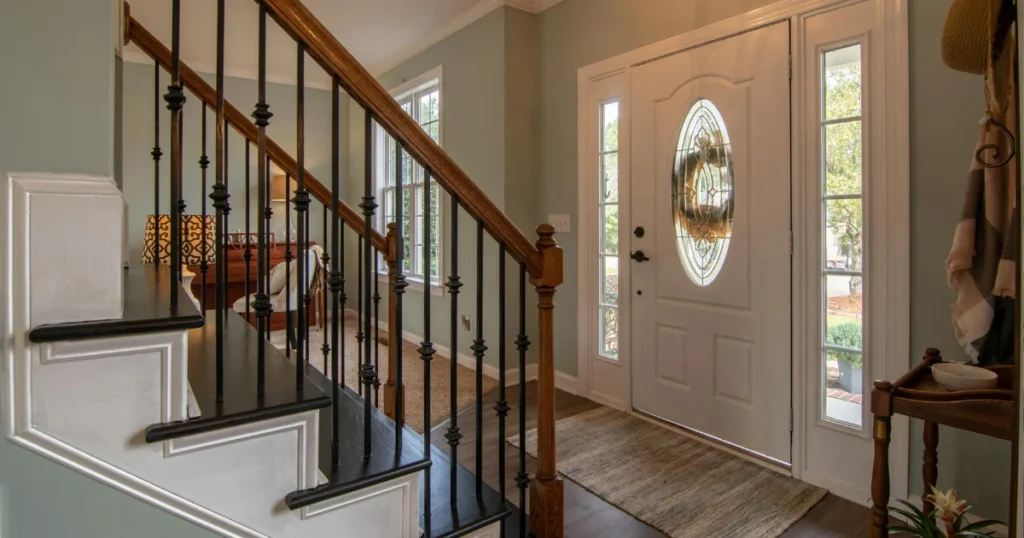
Why You Need a Rug Pad for High-Traffic Areas
In high-traffic areas like hallways or living rooms, rugs experience constant movement. A high-quality rug pad minimizes wear and prevents the rug from sliding, ensuring safety and durability.
Recommended Rug Pads for High-Traffic Zones
| Area | Suggested Rug Pad | Reason |
|---|---|---|
| Hallways | Felt and Rubber Combination | Prevents movement and adds durability |
| Living Rooms | Memory Foam | Adds comfort for frequent use |
Summary of Rug Pad Benefits by Use Case
| Use Case | Recommended Rug Pad | Primary Benefit |
|---|---|---|
| Hardwood Floors | Felt and Rubber Combo | Protects against scratches |
| Outdoor Rugs | Rubber Pad | Prevents mold and slippage |
| High-Traffic Areas | Felt and Rubber Combination | Enhances durability and grip |
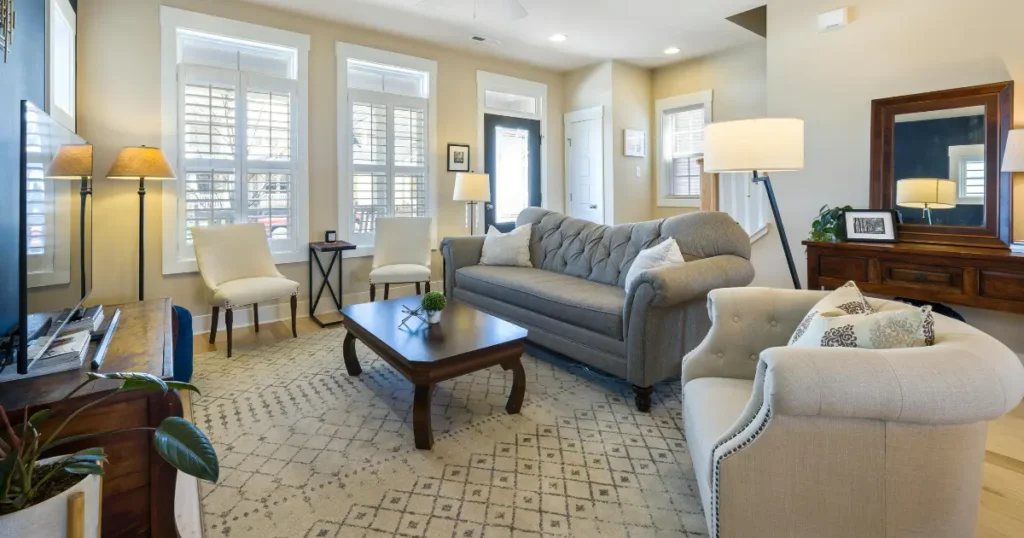
Conclusion
A rug pad might seem like an optional accessory, but it plays a crucial role in protecting both your rug and floors. Whether you have hardwood, tile, or carpeted surfaces, using a rug pad ensures safety by preventing slips, enhances comfort with additional cushioning, and prolongs the life of your rug. For high-traffic areas, outdoor spaces, or delicate flooring, choosing the right pad can make a significant difference.
Ultimately, you need a rug pad not just for practicality but for long-term value. It’s a small investment that can prevent costly floor repairs and extend the lifespan of your rugs. So, if you’ve been wondering, “Do I need a rug pad?”—the answer is a resounding yes!
This article covers everything you need to know about rug pads, ensuring you make an informed decision. Now that you understand why you need a rug pad, it’s time to choose the right one and enjoy a safer, more comfortable home!
FAQs
How Thick Should a Rug Pad Be?
For most rugs, a 1/4 to 1/2 inch thickness works well. Thicker pads provide more cushioning, while thinner pads offer better grip.
Can I Use the Same Rug Pad for Different Types of Floors?
Some rug pads are versatile, but it’s best to choose one that matches the specific flooring type to avoid damage or slippage.
How Often Should I Replace a Rug Pad?
Rug pads generally last 3-5 years, but high-traffic areas may require replacement sooner.
Do Rug Pads Work with Underfloor Heating?
Yes, many modern rug pads are designed to be safe for heated floors. Look for options labeled as heat-resistant.
Will a Rug Pad Damage My Floors?
Quality rug pads with non-toxic materials will not damage your floors. Avoid cheap plastic or PVC pads, which may cause discoloration.
